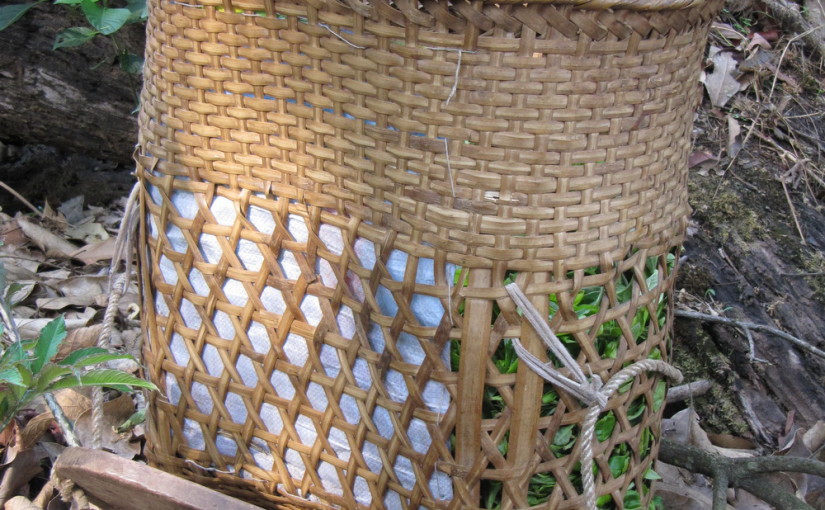Over-picking Puer tea
Periodically, there is some comment online about Puer tea and over-picking of tea trees, so I thought it would be interesting to explore this further, and try to tease (‘scuse the pun) out what exactly this means in practice, and what the effects and implications are. It’s also important to consider this in relation to the Puer tea market to understand how it too may be impacting tea cultivation practices.
The broad picture is that concerns about the quality of Puer tea are becoming more frequent, and the explanations typically include climate/drought, overpicking and the use of a range of methods that are aimed at increasing productivity.
There are a number of factors:
1. The last few springs have been particularly dry which has inevitably affected yield, if not flavour.
2. At least in recent history, prior to 2005, the majority of people in the Puer tea supply chain – farmers down to customers – didn’t distinguish between old trees and bushes when picking tea. Old tree tea was not specially sought after so there was not the potential to over-pick and stress trees that there is now.
3.There is increasing demand for tea, with ever more people seeking a limited, and probably dwindling supply of old/ancient tree Puer.
4. Farmers have been using practices which, for them at least, are new – from turning the ground around tea trees to applying chemical fertilizers – in an attempt to increase yield. There are concerns about how these practices are impacting tea quality.
4. In recent years, methods of picking have:
a) had the propensity to disregard time honoured wisdom about tea tree cultivation, especially vis-a-vis the impact of weather.
b) been minimally influenced by research and understanding that has emerged and is recommended by tea colleges, universities and government organisations.
b) possibly fallen prey to the pressure of demand amidst a growing global market and big economic shifts for local farmers, many of whom previously lived subsistence lifestyles.
If we assume that inappropriate-picking, above all other factors, is having an adverse effect on tree health and tea quality, we should first consider what is ‘normal practice’ for tea picking, and specifically for old tea trees.

